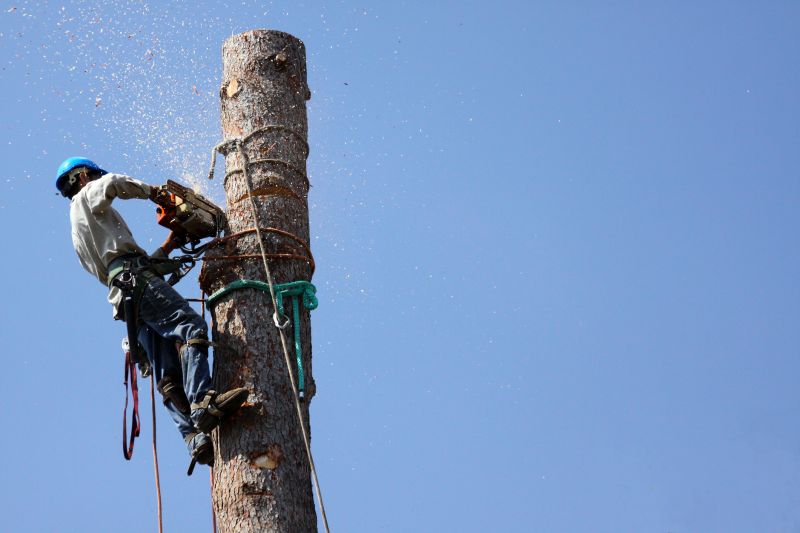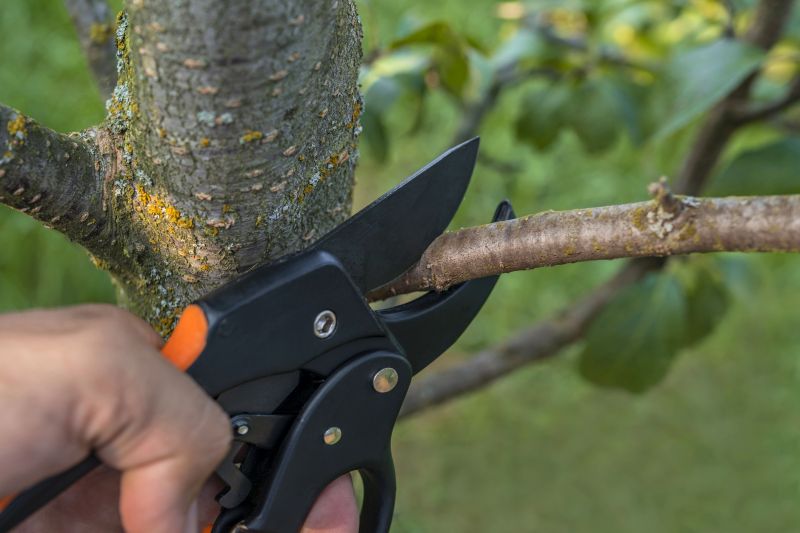Reliable Tree Trimming to Maintain Property Value
Regular trimming encourages healthy growth, enhances safety by removing hazardous branches, and improves the visual appeal of trees.
Techniques include crown thinning, crown reduction, and shaping, each serving different purposes for tree health and aesthetics.
Late winter and early spring are ideal for trimming most trees, but late November and early December can also be advantageous for preparing trees for winter.
| Aspect | Details |
|---|---|
| Timing | Late November to early December is a good period for trimming, especially before the coldest weather sets in. |
| Benefits | Helps prevent storm damage, promotes healthy growth in the upcoming season, and allows for better visibility of the tree structure. |
| Techniques | Includes crown thinning, crown reduction, and shaping to maintain safety and aesthetics. |
| Equipment | Pruning shears, saws, and ladders are commonly used tools. |
| Safety Tips | Ensure proper use of equipment and consider professional services for large or complex trees. |
| Seasonal Considerations | Avoid trimming during peak growth periods or when trees are stressed from drought or disease. |
| Legal Regulations | Check local guidelines or homeowner association rules regarding tree trimming. |
| Cost Factors | Pricing varies based on tree size, location, and complexity of the trimming required. |

Professional trimming ensures the health and safety of trees while enhancing landscape appearance.

A variety of tools are used to achieve precise and safe trimming results.

Proper trimming promotes robust and sustained growth for trees of all sizes.
Late November and early December are excellent times to seek out discounts from local contractors and tree trimming services. Many providers offer special deals around Black Friday and holiday sales, making it a good opportunity to schedule trimming at a lower cost. Asking contractors about Black Friday discounts or holiday specials can result in significant savings on professional services.
